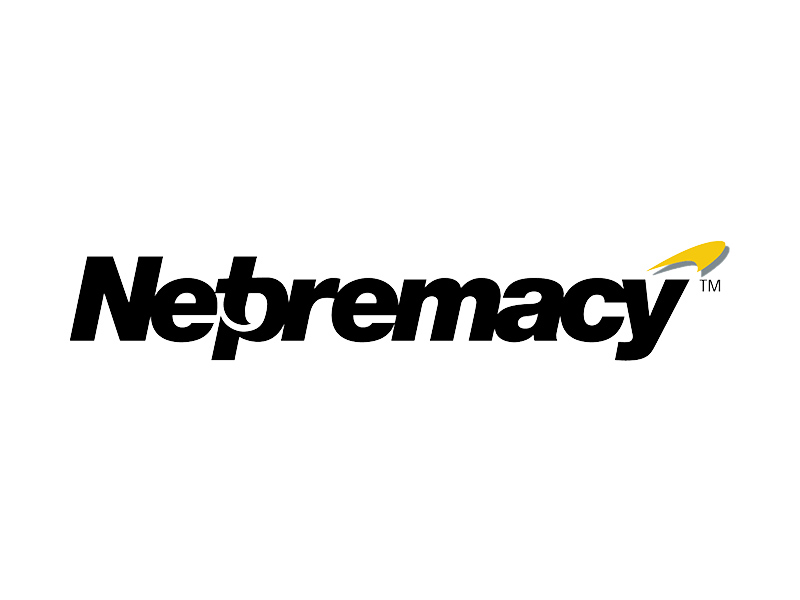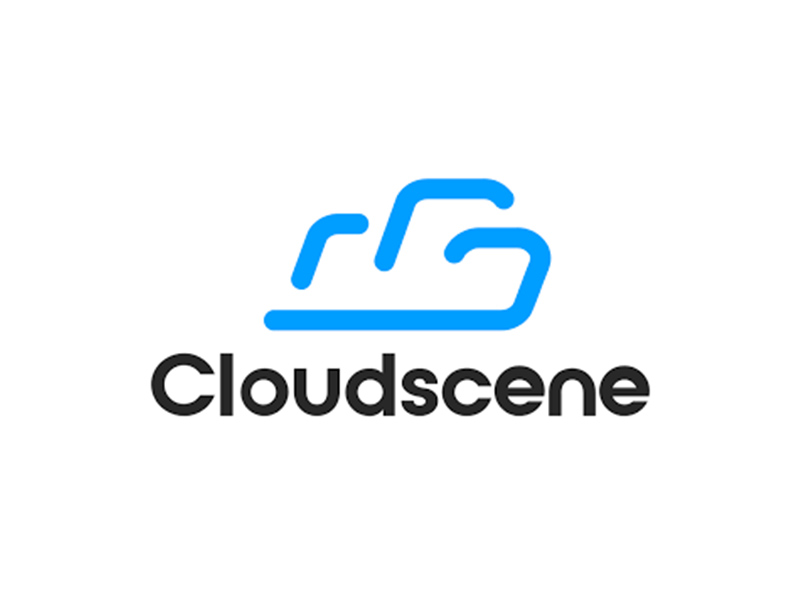Although unemployment may be experiencing a lovely prolonged low, candidate availability is reportedly on a bit of a low too, meaning employers looking for the candidates they desire might struggle and find themselves fishing from a slightly smaller pool.
Realistically this means that all of the candidates who do apply, you’ll want to hold on to until you’ve made your final decision; candidate drop of rate is something you’ll want to keep to a minimum, but how?
Communication
- Communication is King, for so many reasons, however, in this context, communication keeps your potential employees engaged.
If your candidates know what’s happening from day one; what to expect and when to turn up, who they’re meeting and what they should bring, they’ll be much more at ease and think much more positively of your company and of you as employers. This should continue throughout the process, for each stage of the interview. Answer candidate questions before they’ve even been asked; when will they be hearing from you to arrange a second interview, do they need to call you or will you call them? This kind of communication boost also ensures you and your department don’t get any wires crossed either.
- The results of the interview are the most vital part of communication, for obvious reasons; candidates don’t want to be left in the dark whichever way the interview process goes for them. So, remember to get in contact with those candidates who don’t make it as well as those who do, and a personal and honest response as to why they were unsuccessful will be openly and gratefully received.

Speed and Simplicity
How could you speed up the whole interview process? Candidates can naturally get frustrated at a lengthy process, and should they be interviewing with other companies or competitors who have a more efficient method than yours, you might just lose that competition. Keeping the process as quick and concise as possible could help you secure that candidate you’re looking for!
- Before looking at your in-house interviews, start by assessing how long your application process is, attention spans are short and the most valued candidates may drop off if it’s too long and involved. If you can measure where these candidates are dropping off, you’ll be able to discover why, so if you can, track your applications from start to finish and compare the drop off points, you’ll likely soon see a trend. Omit anything that can be drawn from CV’s, in this initial stage, allow candidates to do as little as possible in the most straightforward way. Yello reported from their recent study that “26% of recent grads report applying to a job from a mobile device”, meaning your audience is likely to be on the go and generationally likely to expect a seamless, mobile friendly experience.
- Look at your interview process itself, how many steps are there, how many interviews, and stages are your candidates being subjected to? Analyse the what you’re gaining from each of these stages and if two could be combined or one of them dropped perhaps?
Google did just this when the realising that the time spent on the interview process for their current staff was, in fact, a very inefficient use of time and far too long for their candidates. At one point they had many stages, including as many interviewers as possible to get the most comprehensive opinion of candidates. They found however that after 4 interviewers their information and score given to the candidate did not improve in accuracy significantly, enabling them to shorten their process while still gaining a similar level of information.
Flexibility and Organisation
The level of flexibility and organisation you employ will either benefit or disadvantage both you and your candidates.
- Putting an automated system in place to send out reminders of the time and place before the date of the interview ensures that they are going to make it and not forget, reducing your ‘no-shows’.
- Consider putting more focus on candidate responsibility, allowing them to schedule their own interview slots. This gives your candidate the flexibility to find a suitable time for them rather than the one they’re allocated by your HR department, it ensures they are a proactive and organised candidate, and it also makes the process much easier for your team.
- For larger organisations, your candidates aren’t always going to be on your doorstep so it may make sense for you to offer the flexibility and option of video or Skype interviews too.
Hilton introduced this to their recruitment strategy to reduce their highly time-consuming process. Eliminating the need for a recruiter to be present at all, they utilised the technology available to them; candidates were asked to log on to a platform where they picked their own time slot and answered pre-set questions for their video interview which was later watched by recuiters. While the lack of interaction may be a concern here for some employers, it does offer flexibility for candidates! The use of live video interviews with a recruiter on the other end still allows flexibility for the candidate, just not as much efficiency for the company.
The recruitment landscape is getting more and more competitive by the day, finding the right candidate for you can prove tricky and losing potential candidates is frustrating and severely reduces your talent pool. Don’t let the small, changeable factors prevent you from finding that ideal candidate!













